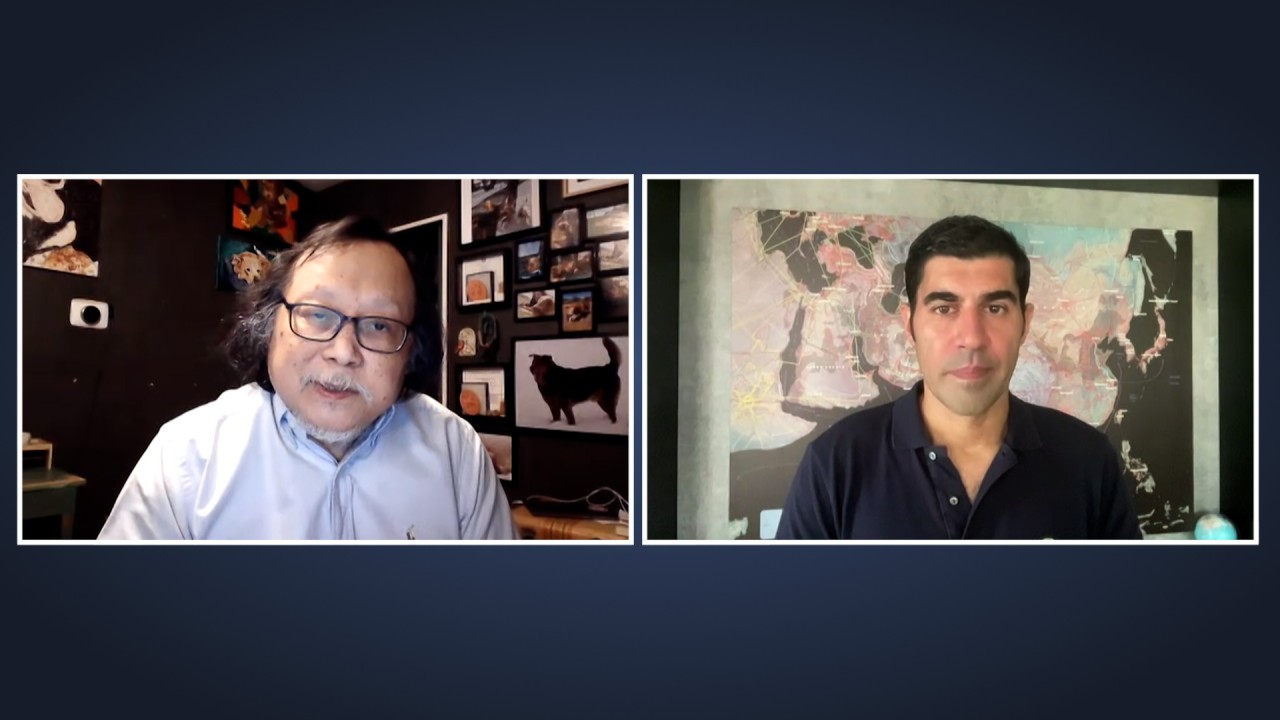The world needs more belts and more roads, Chinese-style
- Influential author Parag Khanna says the Belt and Road Initiative is exactly the blueprint needed in this age of uncertainty and instability

15:15
The world needs more belts and more roads, Chinese-style
A new generation of Western doom-and-gloomers about China has emerged. Many point to admittedly serious problems, some of them chronic and structural, and argue the country has peaked and that now it’s downhill all the way. The “death spiral” list usually runs the gauntlet of demographic collapse, food and energy insecurity, failing growth model, and worsening authoritarianism.
Parag is the founder and managing partner of FutureMap, a global strategic advisory firm and the author of several influential books, including most recently, Move: How Mass Migration Will Reshape the World — and What It Means for You. He holds a PhD in international relations from the London School of Economics.
Can you explain your basic idea about the belt and road, which has been distrusted and criticised by so many Western governments and the mainstream media?
The [Foreign Policy] piece was actually framed as a reaction to the Red Sea crisis pointing out that alternative infrastructural connectivity and pathways – in this case railways and overland routes across Eurasia as an alternative to the choked Red Sea passageway, in light of the Houthi terrorist attacks – allow for a more resilient movement of goods and trade. That’s a factual statement.
The fact that the Belt and Road Initiative and other trans-Eurasian infrastructure provide that resilience is not evidence itself that belt and road is not part of China’s grand strategy, and that it is merely intended to be a global public good. It can be both.